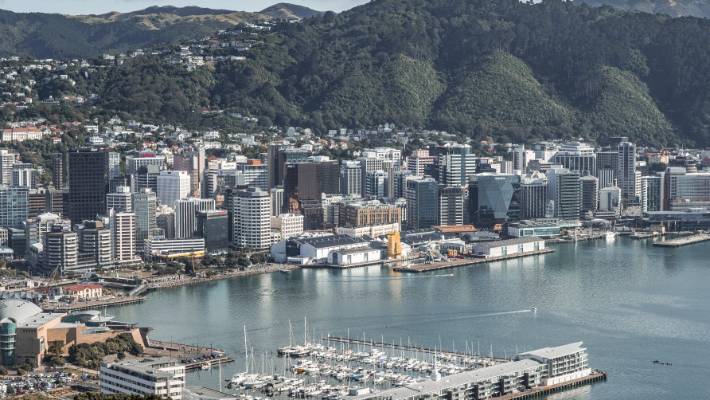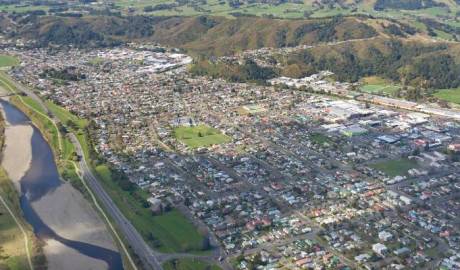PHOTO: Wellington, New Zealand (FILE)
Wellington City Council’s major housing document is back on the debating table this week after feedback from the public.
The council’s planning and environment rules have remained largely unchanged for the past 20 years, making the proposed plan a significant overhaul.
The city’s structural future has been up for consultation and debate for three years, and will edge closer Thursday at the planning and environment committee.
The proposed district plan also now takes into account the government’s higher density rules that come into force later this year, that will allow three homes three storeys tall without consent.
Wellington’s intensification
Between 50,000 to 80,000 people are expected to move to the capital in the next 30 years.
Without changes to the current landscape, Wellington can expect a shortfall of 4600 to 12,000 homes over the next 30 years.
Latest modelling shows the proposed plan will enable 73,400 homes be built.
But that figure will be defined by how the market takes opportunity.
Of that number however, 20 per cent, or almost 10,000, will be because of the government’s medium density changes.
The proposed new plan is otherwise not dramatically different from the draft plan on October last year, which council then took out for public consultation.
Maximum building heights for Te Aro are set for 12 storeys. Developments within 10 minutes of train stations and 15 minutes from the city could be raised to six storeys.
There were more than 2400 submissions from just over 1000 submitters.
Overall, there was generally a consensus that intensification must occur.
According to the summary report, the proposed zone rule changes received the most feedback.
A pro-forma submission via A City for People was “frequently submitted”, which supports intensification measures to increase affordable housing, but also stressed this should not occur at the expense of liveability and amenity.
Those who opposed intensification were not keen on building heights, claiming the “liveability” of existing homes would be affected by loss of sunlight, privacy and character.
The report says those issues were of “great concern to many submitters, whose language was oftentimes strong.”
Councillor Iona Pannett, who chairs the environment committee, said the heights of buildings and where they go has been a contentious issue.
“I think some people will feel their feedback has not been listened to, others will feel that it has so I guess we’ll see where the balance of opinion lays when we debate,” Pannett said.
Councillor Diane Calvert thinks the brakes still need to be put on to slow down the plan.
She said the pandemic has changed people’s priorities and perhaps the central city’s future.
“How people live is changing and I still think we’re still coming to grips with that, it’s not a temporary change – we’ve got a lot of people working from home, for example,” Calvert said.
“But nevertheless we need to plan for new homes.”
The heritage schedule has also been reviewed.
Ten new heritage residential areas, 54 heritage buildings, and four new heritage structures have been added to the heritage list.
READ MORE VIA RNZ


















